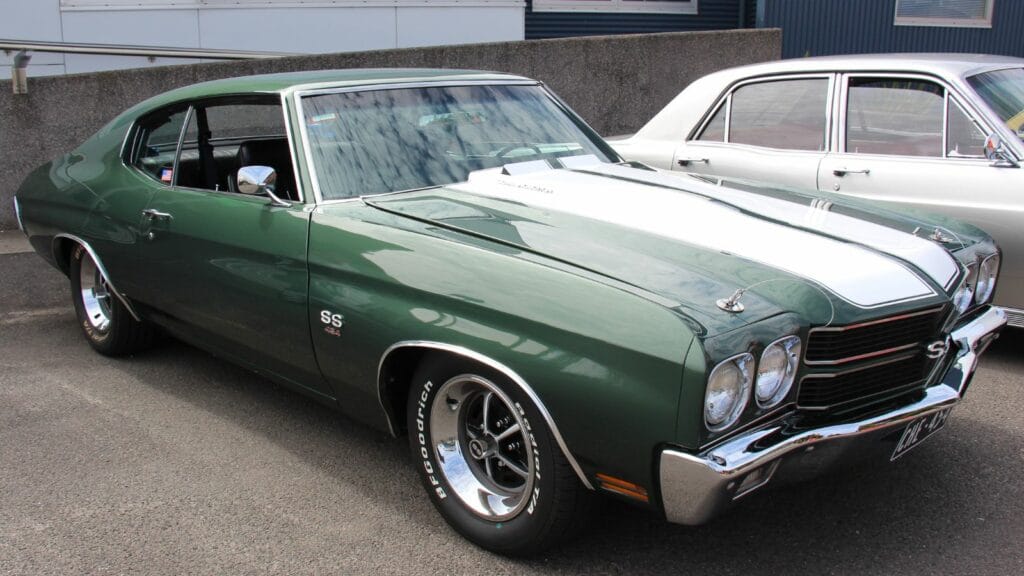Muscle cars are remembered as affordable horsepower, the everyman’s ticket to speed. But not all of them were cheap thrills. Some models rolled out of Detroit carrying price tags that shocked buyers and pushed muscle cars into luxury territory. These machines were rare when new because so few people could afford them, and that exclusivity is one reason they are worth fortunes today. From Hemi powered Mopars to Shelby Mustangs and GM’s wild homologation specials, here are twenty of the most expensive muscle cars when they were brand new, and why their sticker prices mattered.
1970 Plymouth Hemi Cuda
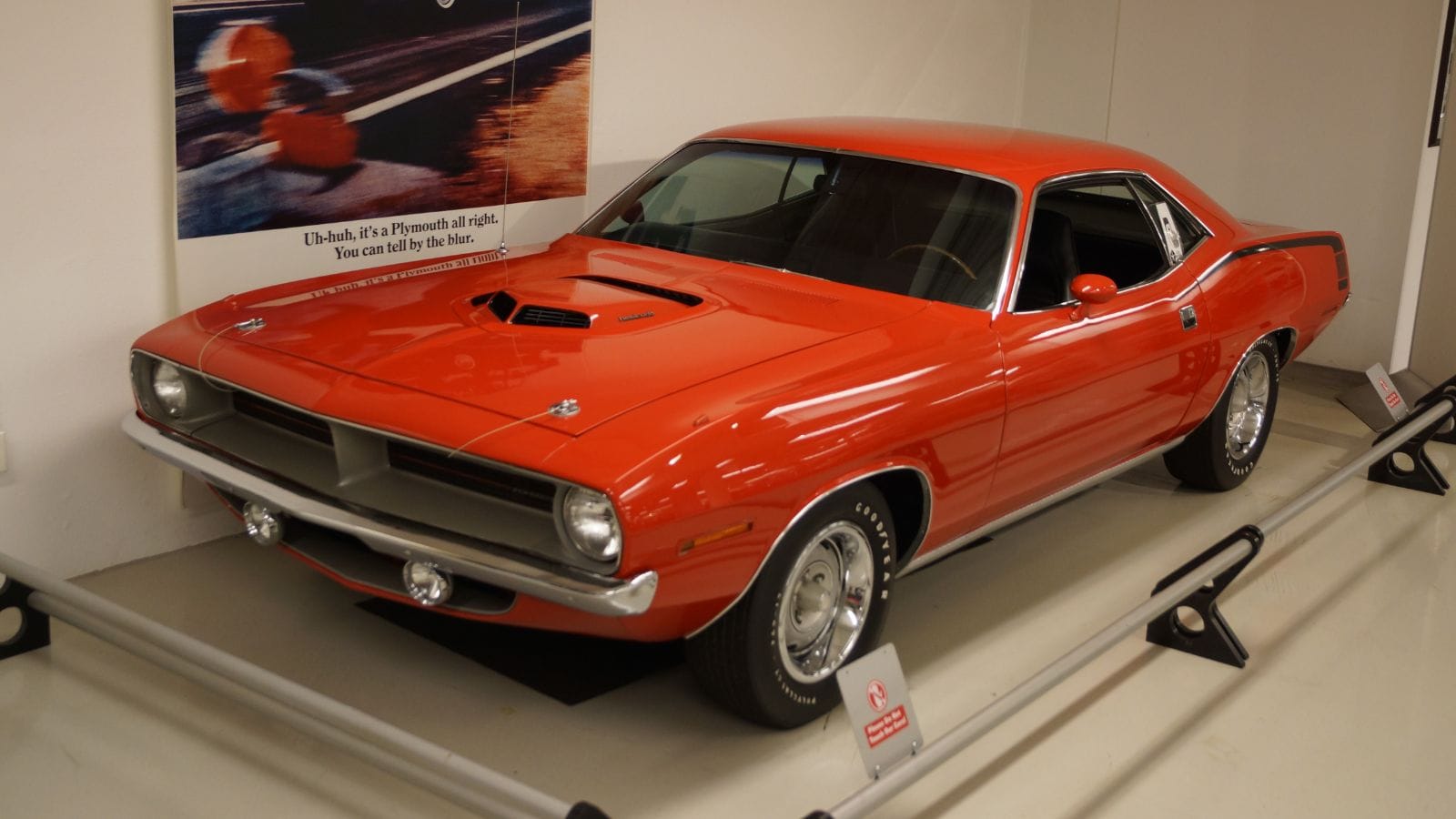
The Hemi Cuda remains one of the most celebrated muscle cars in history, and when new it was also one of the priciest Plymouths ever built. With the 426 Hemi under the hood, its base price hovered around $4,000, nearly double that of a standard Barracuda. For context, an average new car in 1970 cost closer to $2,700. The Hemi Cuda was exclusive because few young buyers could justify spending luxury money on what was still viewed as a Plymouth. Today that original expense has turned into massive collector value.
1969 Dodge Charger Daytona
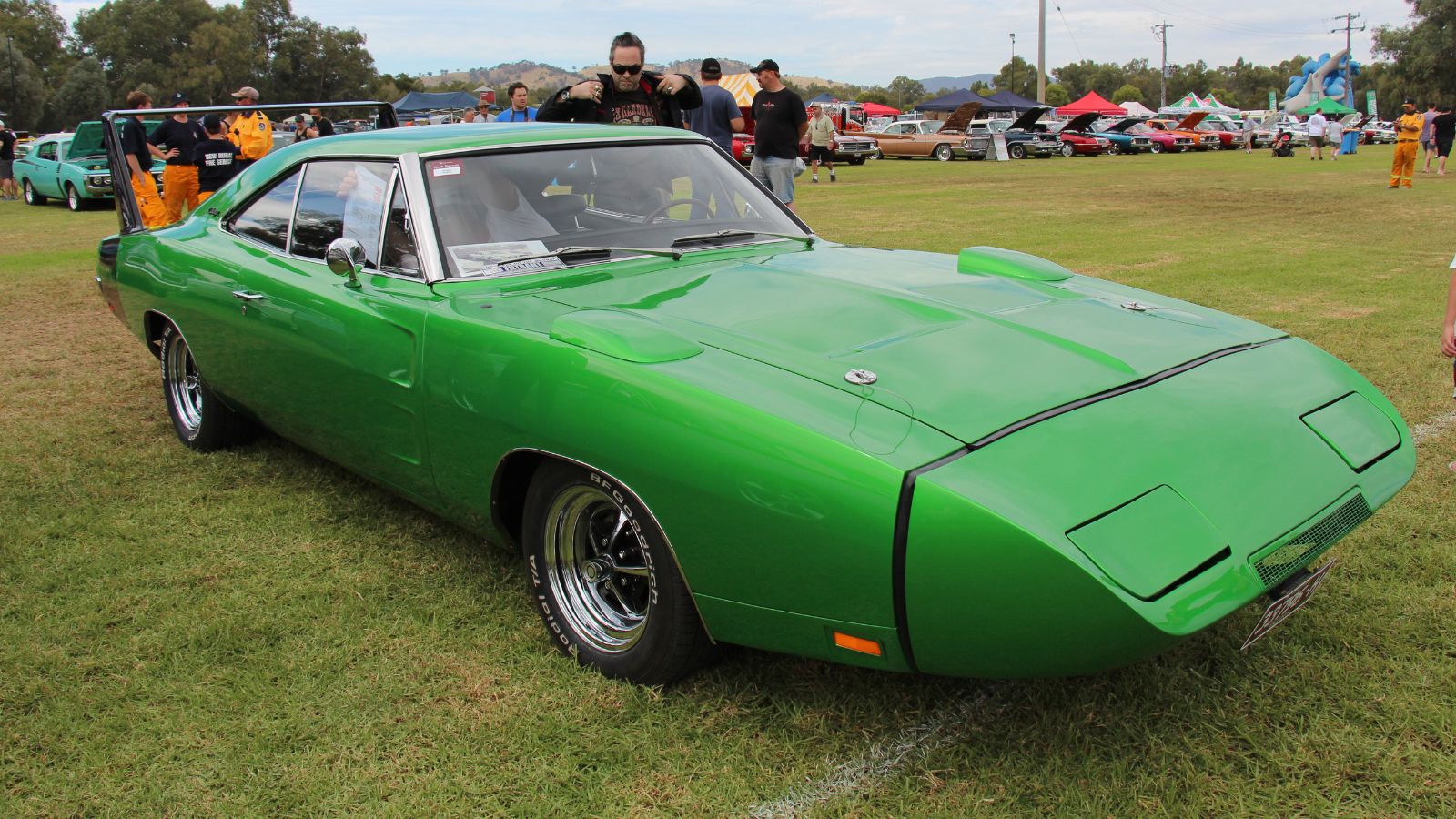
At a time when Chargers sold in the $3,000 range, the winged Daytona came in over $4,500. It was essentially a street legal NASCAR car with a pointed nose cone and the tallest wing anyone had ever seen on a production car. Buyers who laid down the cash were paying not only for a car but for a piece of motorsport history. In the US and Canada, many dealers had trouble moving them because of the price, making them even rarer today.
1970 Chevrolet Chevelle SS 454 LS6
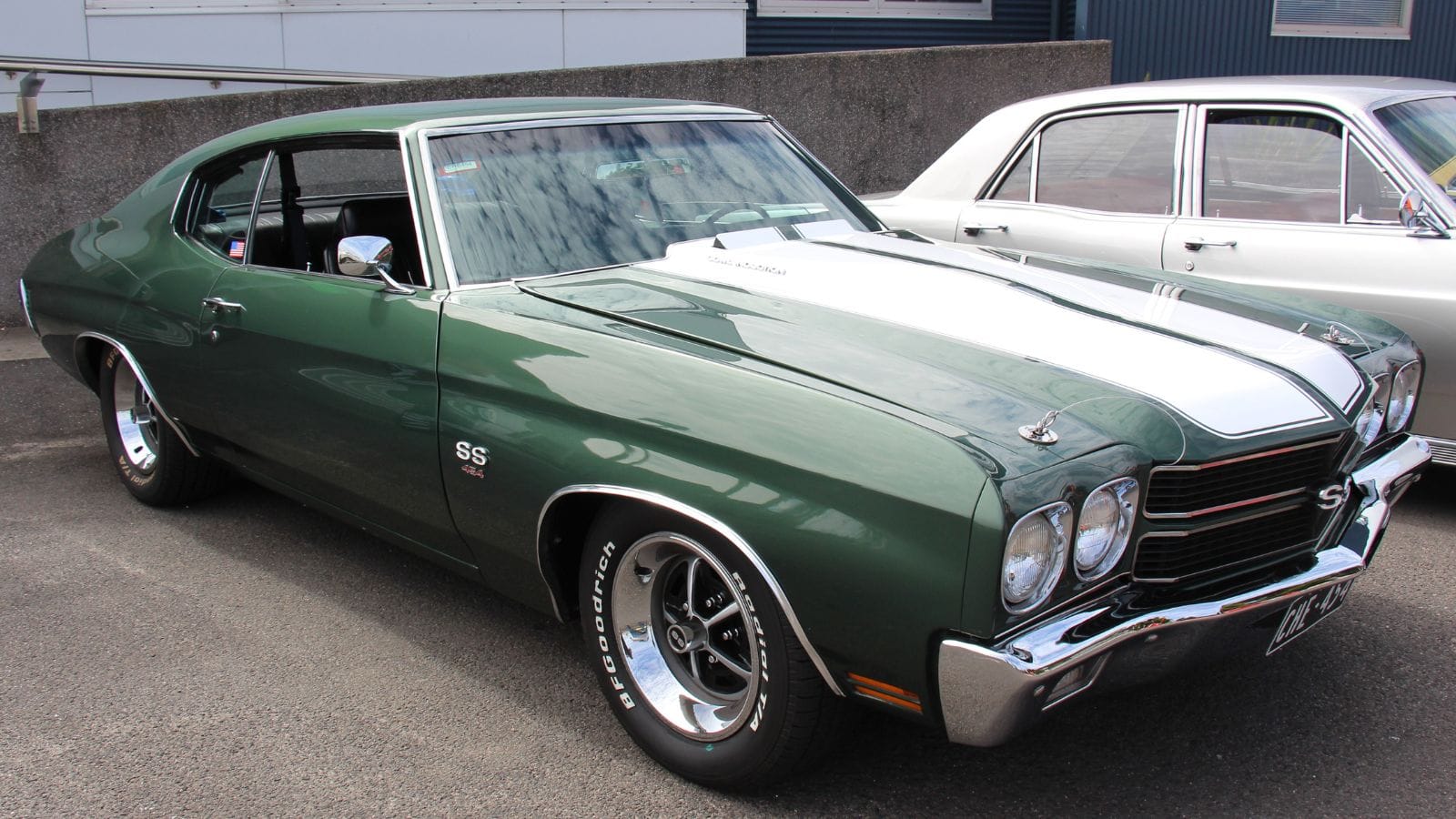
The Chevelle SS 454 LS6 carried a price of around $4,100 when new, and it backed it up with the most powerful big block Chevrolet ever put in a production car. With 450 horsepower on paper and much more in reality, the LS6 was the king of street power. For Canadians, the car was a high priced dream machine in a market dominated by smaller V8 cars. At a time when you could buy a brand new Camaro for nearly a third less, the LS6 was aimed at serious buyers only.
1969 Ford Mustang Boss 429
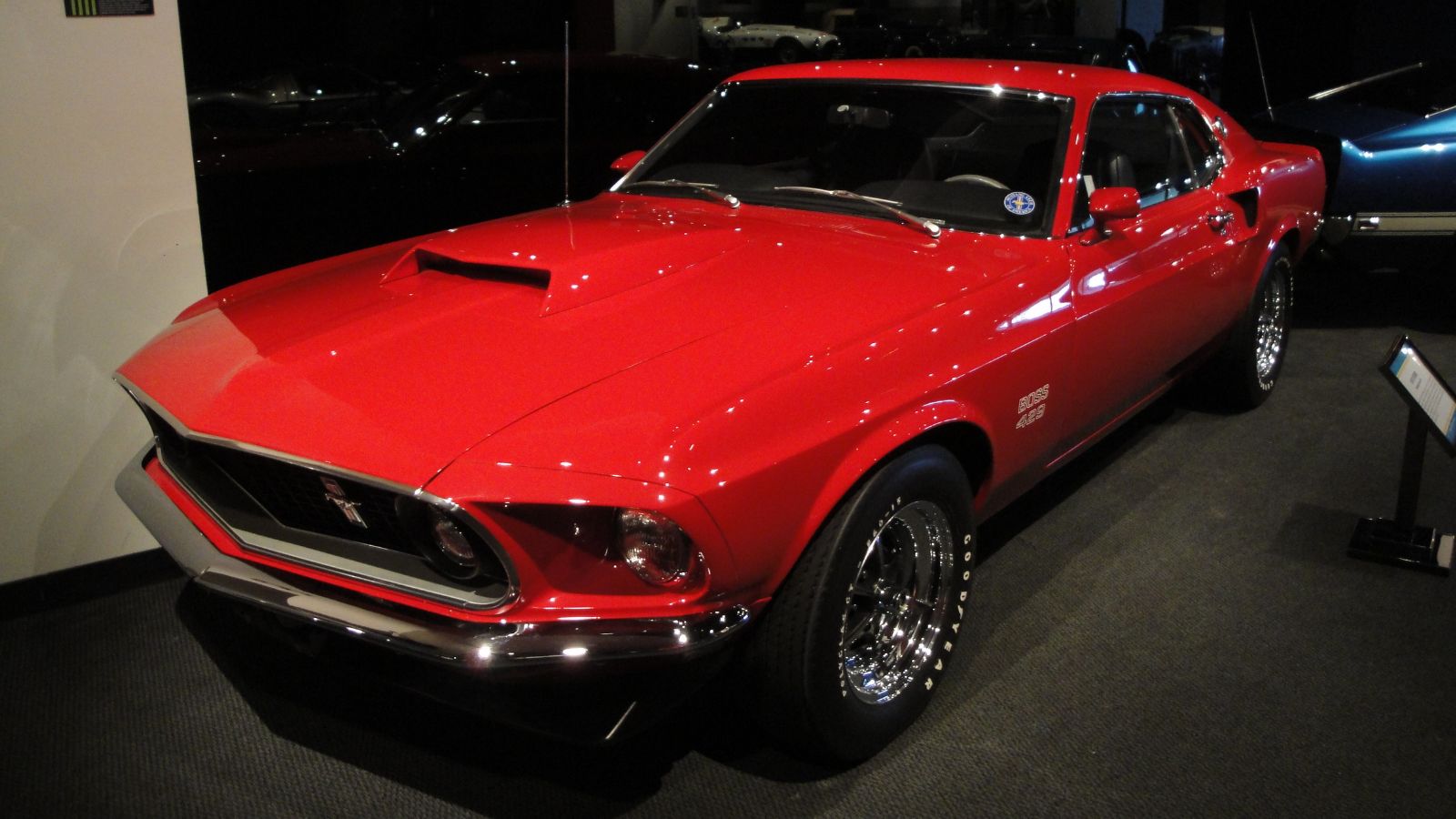
The Boss 429 Mustang was essentially a hand built homologation special, and the price reflected that. With a sticker of nearly $4,800, it was more expensive than many luxury cars of the day. Ford had to heavily modify Mustangs just to fit the massive 429 V8, and each car was sent to Kar Kraft for engine installation. In Canada, these cars were almost mythical because of their rarity and cost. They were built for NASCAR glory, not volume sales.
1970 Buick GSX Stage 1
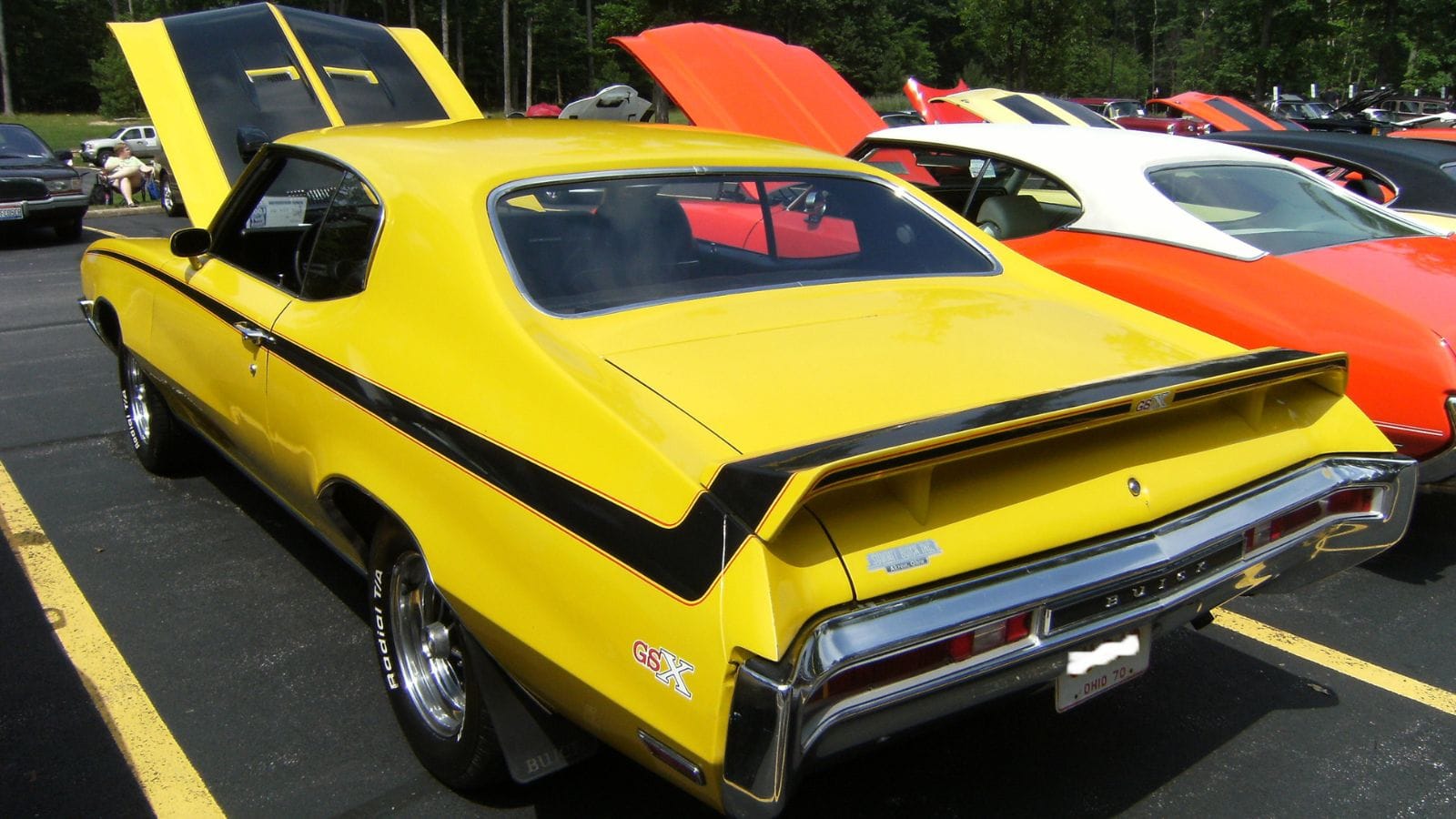
Buick had a reputation for being a gentleman’s carmaker, and the GSX Stage 1 carried a sticker to match. Costing more than $4,000, it was one of the priciest GM muscle cars you could buy. With a 455 cubic inch engine producing immense torque and standard equipment that added comfort and luxury, the GSX was targeted at older buyers who wanted power without giving up refinement. Canadians often saw it as a car for established professionals rather than young drag racers.
1969 Pontiac GTO Judge Ram Air IV
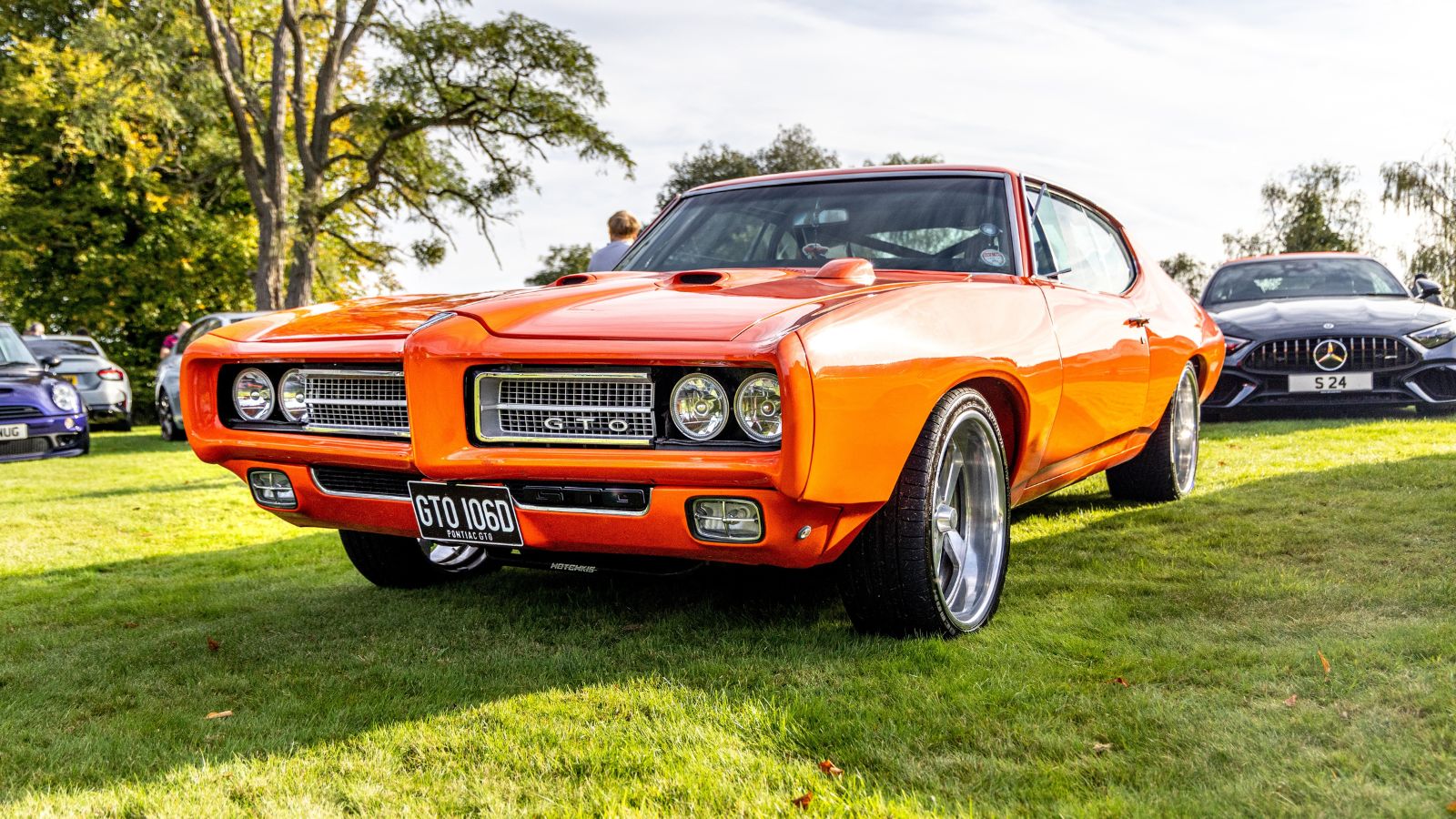
The GTO Judge was already a premium option, but with the Ram Air IV engine it pushed prices beyond $4,000. It wasn’t just the drivetrain but the bold graphics, wing, and special trim that made it a standout. Buyers were paying for image as much as performance. Canadian enthusiasts loved the Judge’s brash personality, but the high price meant that very few Ram Air IV cars were sold here, which only increases their desirability today.
1970 Dodge Challenger R/T Hemi
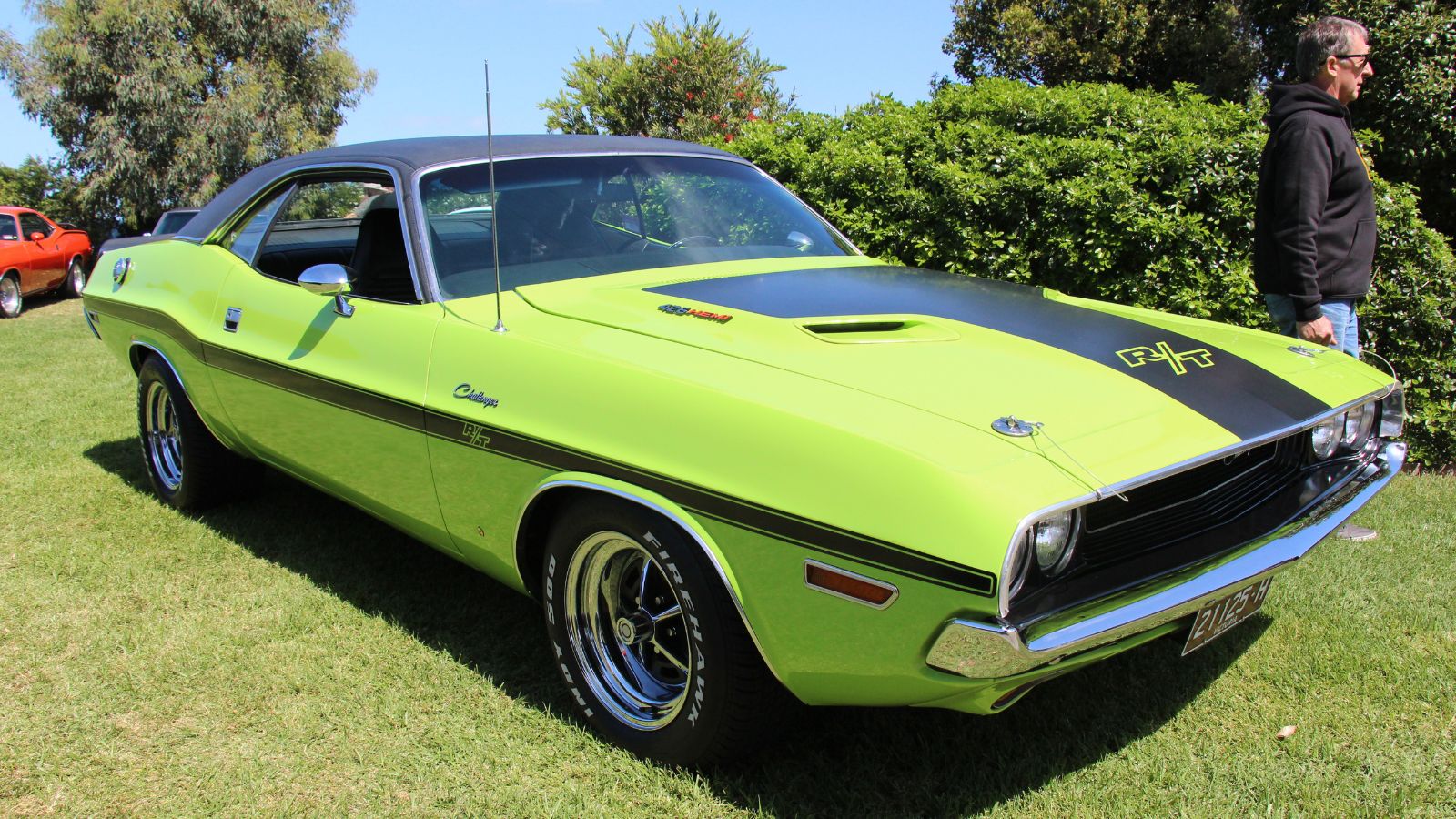
The Challenger was Dodge’s new entry into the pony car wars, and the Hemi R/T sat at the top of the range. With a 426 Hemi and plenty of option packages, it easily cleared $4,300. For comparison, a base Challenger could be had for around $2,800, making the R/T Hemi more of a luxury buy. In Canada, where import cars were also gaining ground, the Challenger R/T stood out as both rare and aspirational.
1969 AMC AMX 390 Go Package
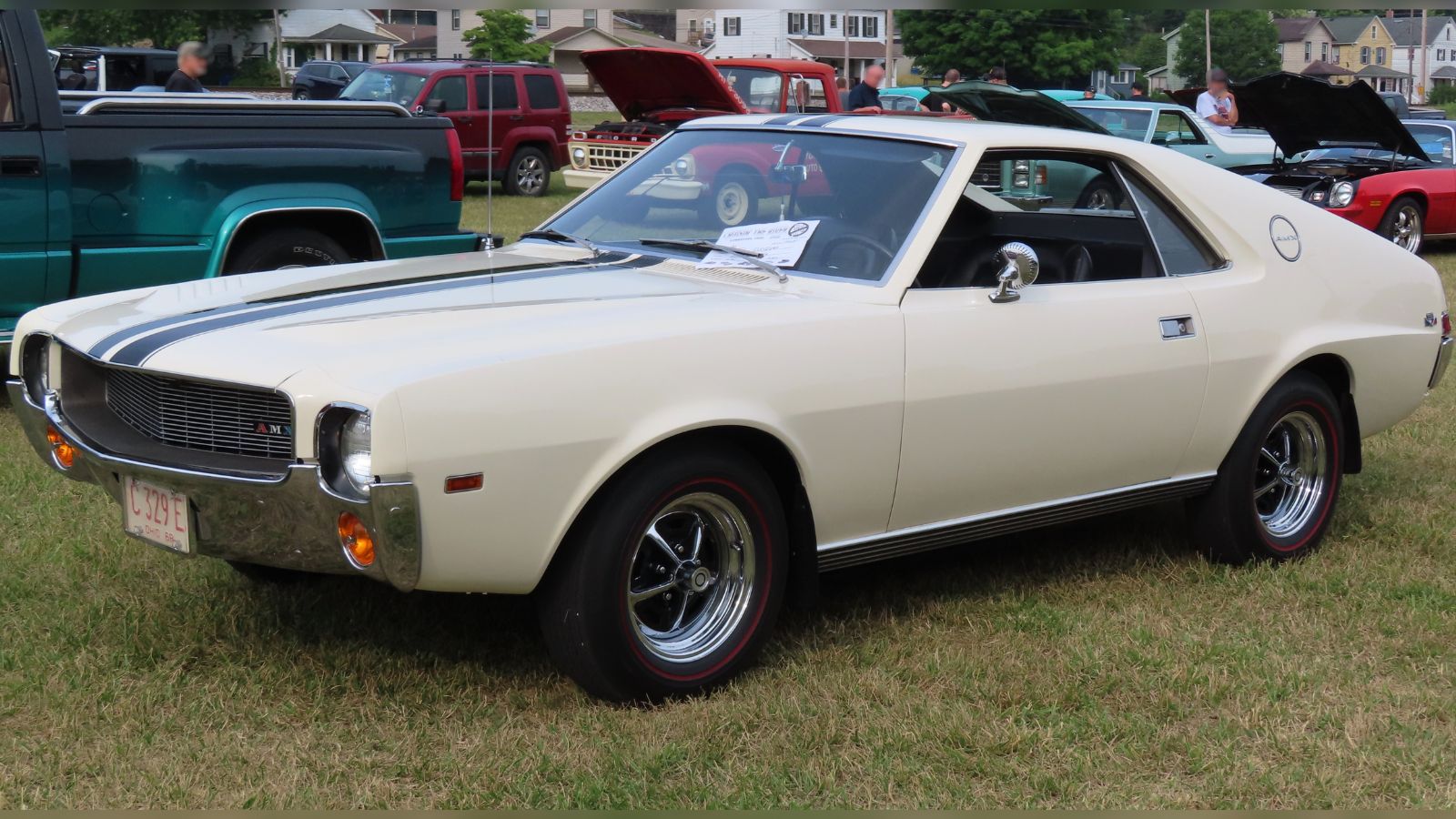
AMC may have been the underdog, but its AMX 390 with the Go Package carried one of the brand’s highest sticker prices at just under $4,000. For a company known for economy cars, this was shocking. The two seat AMX was positioned as a sports car rather than just a muscle machine, and its exclusivity gave AMC credibility in the performance world. Canadian buyers had to be committed to choose an AMC at this price, which makes surviving examples even more collectible now.
1971 Plymouth GTX 440 Six Barrel
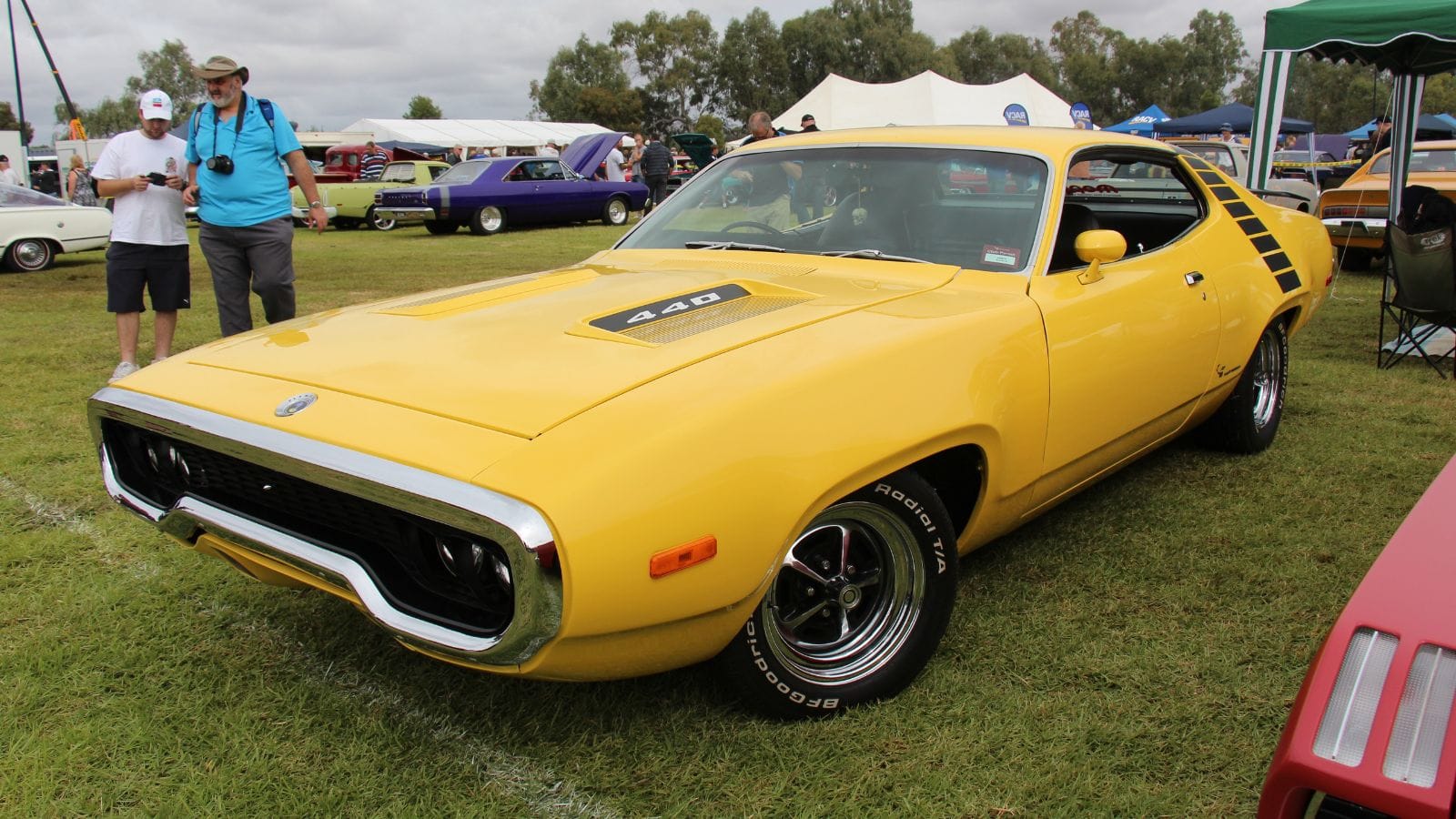
The GTX was marketed as the “gentleman’s muscle car” and came with a price to match. With the 440 Six Barrel engine option, costs climbed above $4,000, putting it in the same league as well equipped luxury sedans. Buyers were paying for style as well as straight line speed, and Canadian owners saw it as a step up from the more stripped down Road Runner.
1970 Oldsmobile 442 W30
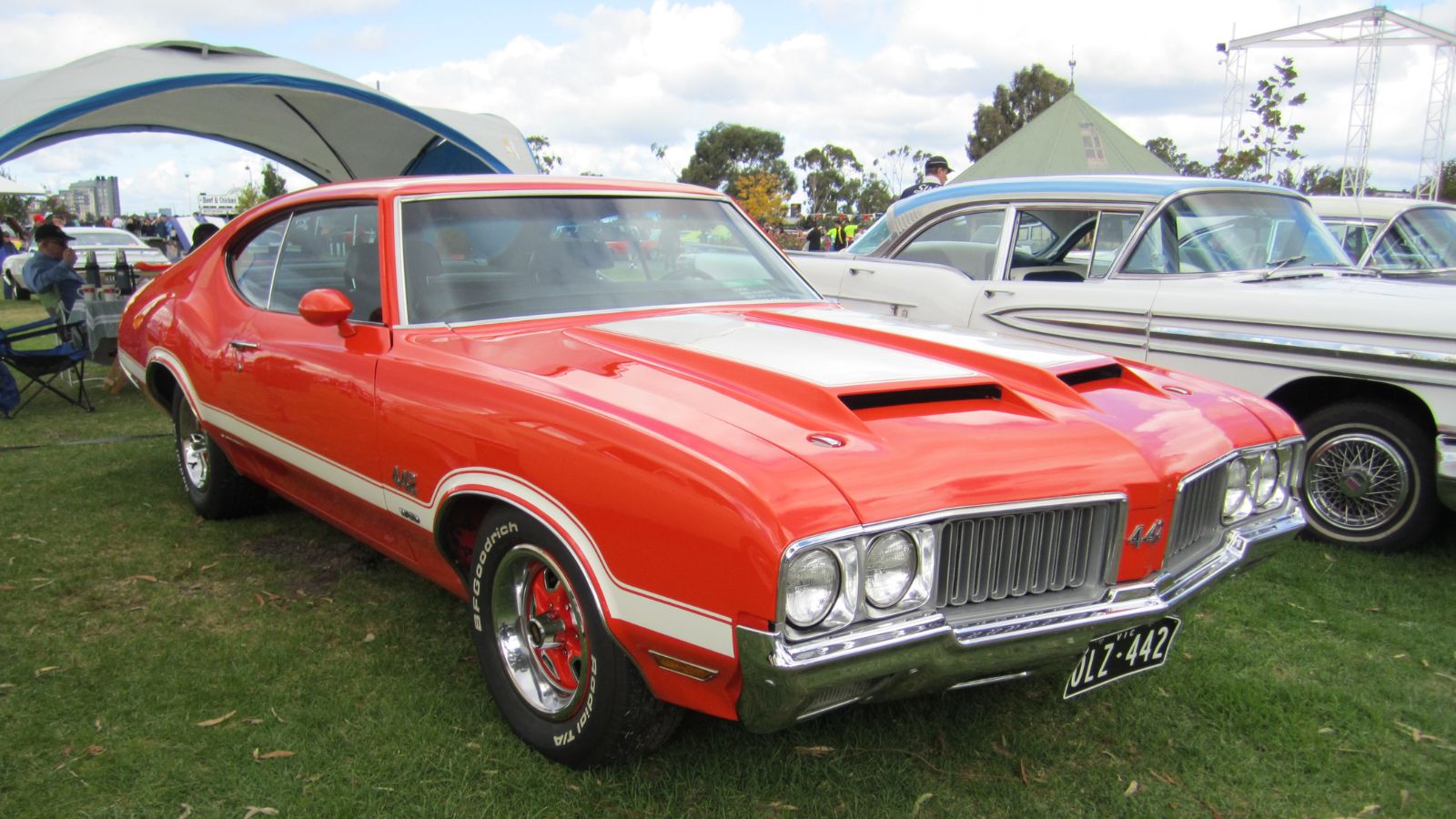
Oldsmobile gave muscle cars a touch of refinement, and the 442 W30 was proof of that. With a 455 cubic inch engine, premium trim, and plenty of standard equipment, it regularly topped $4,000. The W30 was aimed at a different market than the average muscle car. Buyers wanted performance with a suit and tie feel, and in Canada it appealed to professionals who wanted something fast but respectable.
1969 Chevrolet Camaro ZL1
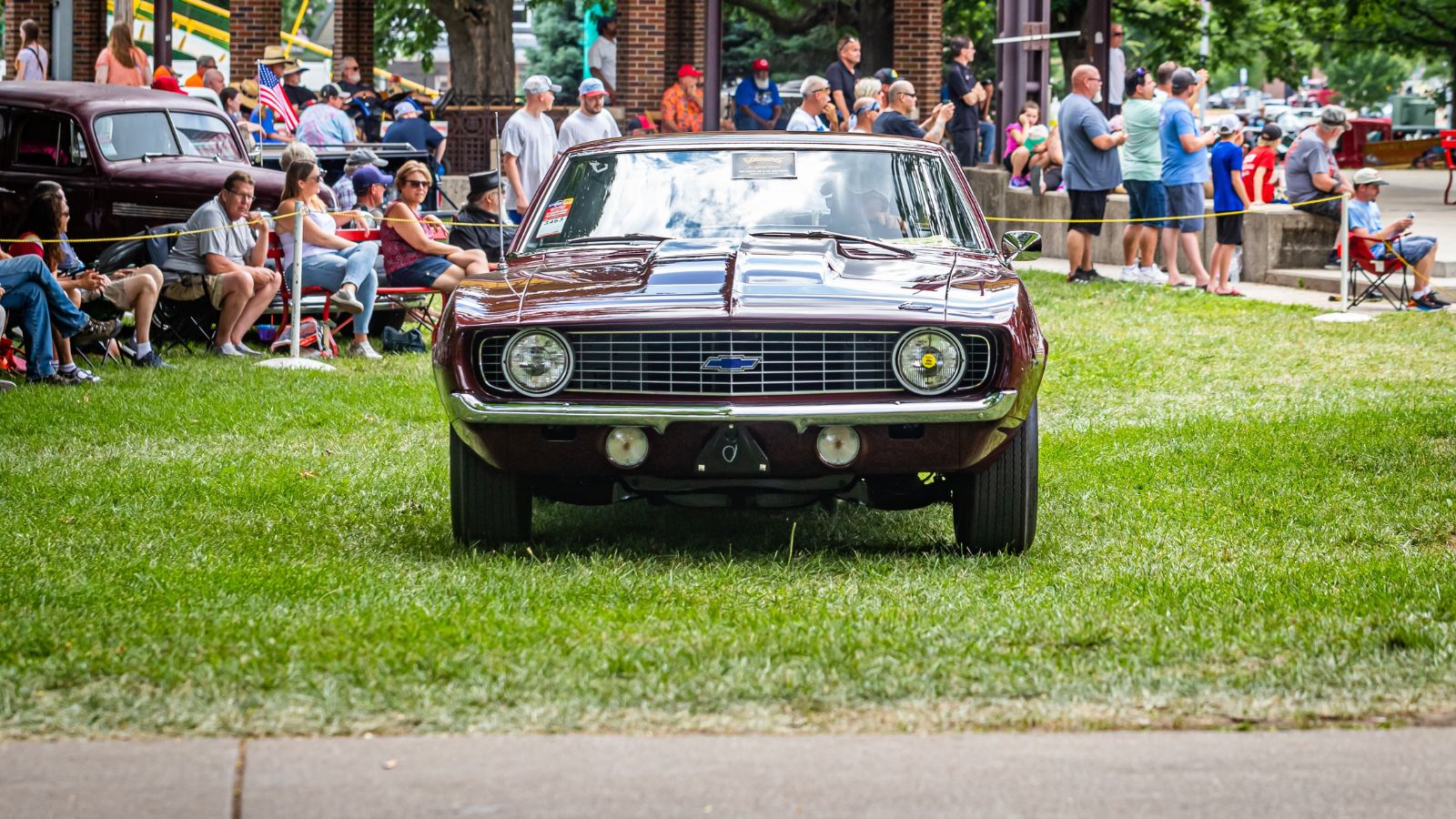
The Camaro ZL1 was not only the most expensive Camaro ever sold new, but also one of the priciest GM cars of its time. At nearly $7,200, it cost more than double the price of a standard SS. The all aluminum 427 engine was built for drag racing, and only 69 were ever made. In Canada and the US, few buyers could justify the cost, which is why the ZL1 became a legend. It was expensive when new and priceless today.
1970 Mercury Cougar Eliminator 428 CJ
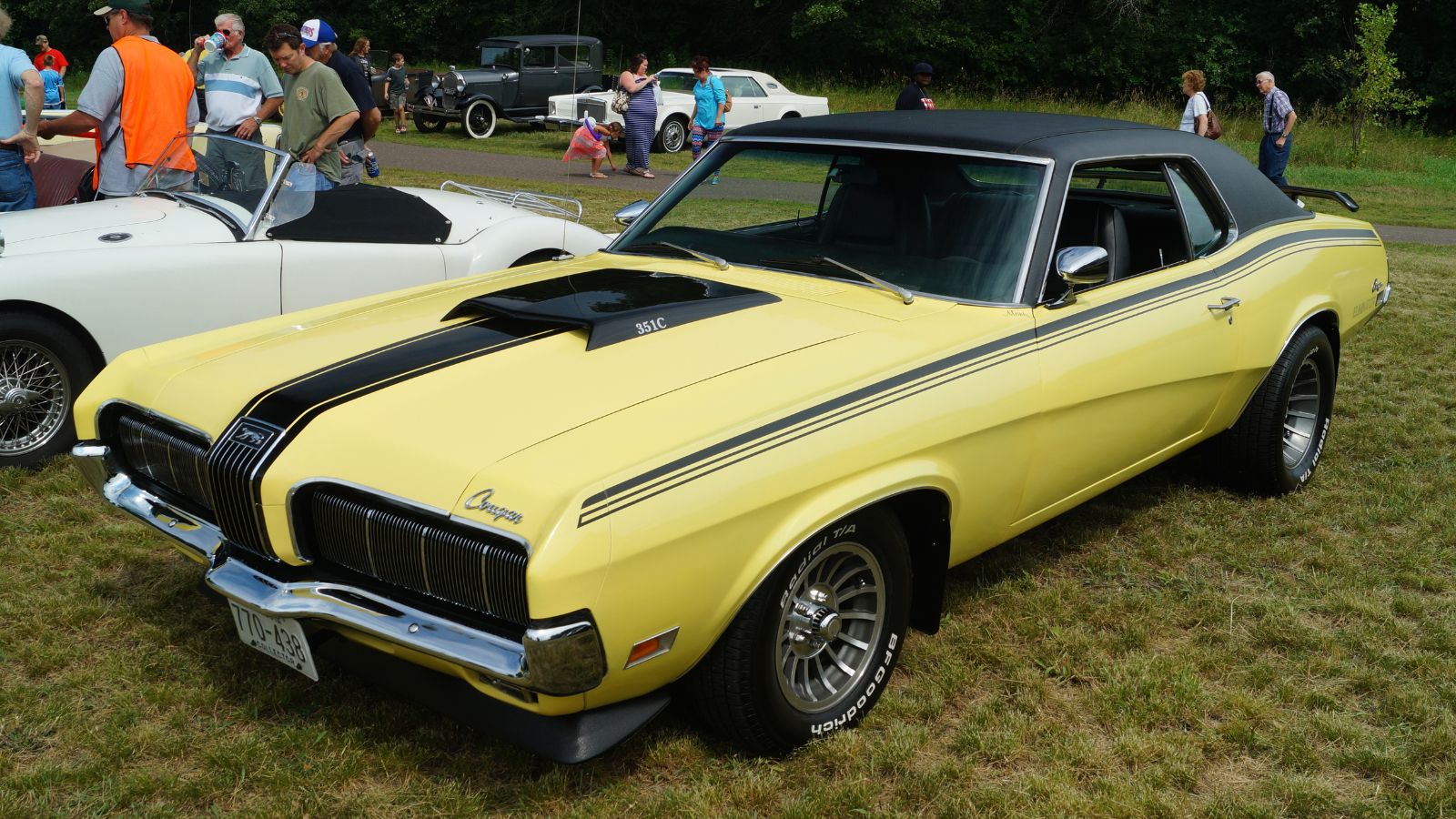
Mercury positioned the Cougar as the Mustang’s upscale cousin, and the Eliminator with a 428 Cobra Jet engine took it even further upmarket. With prices surpassing $4,000, it was one of the most expensive pony cars available. Buyers got luxury features with their muscle, and Canadian drivers appreciated its combination of refinement and performance.
1970 Dodge Super Bee Hemi
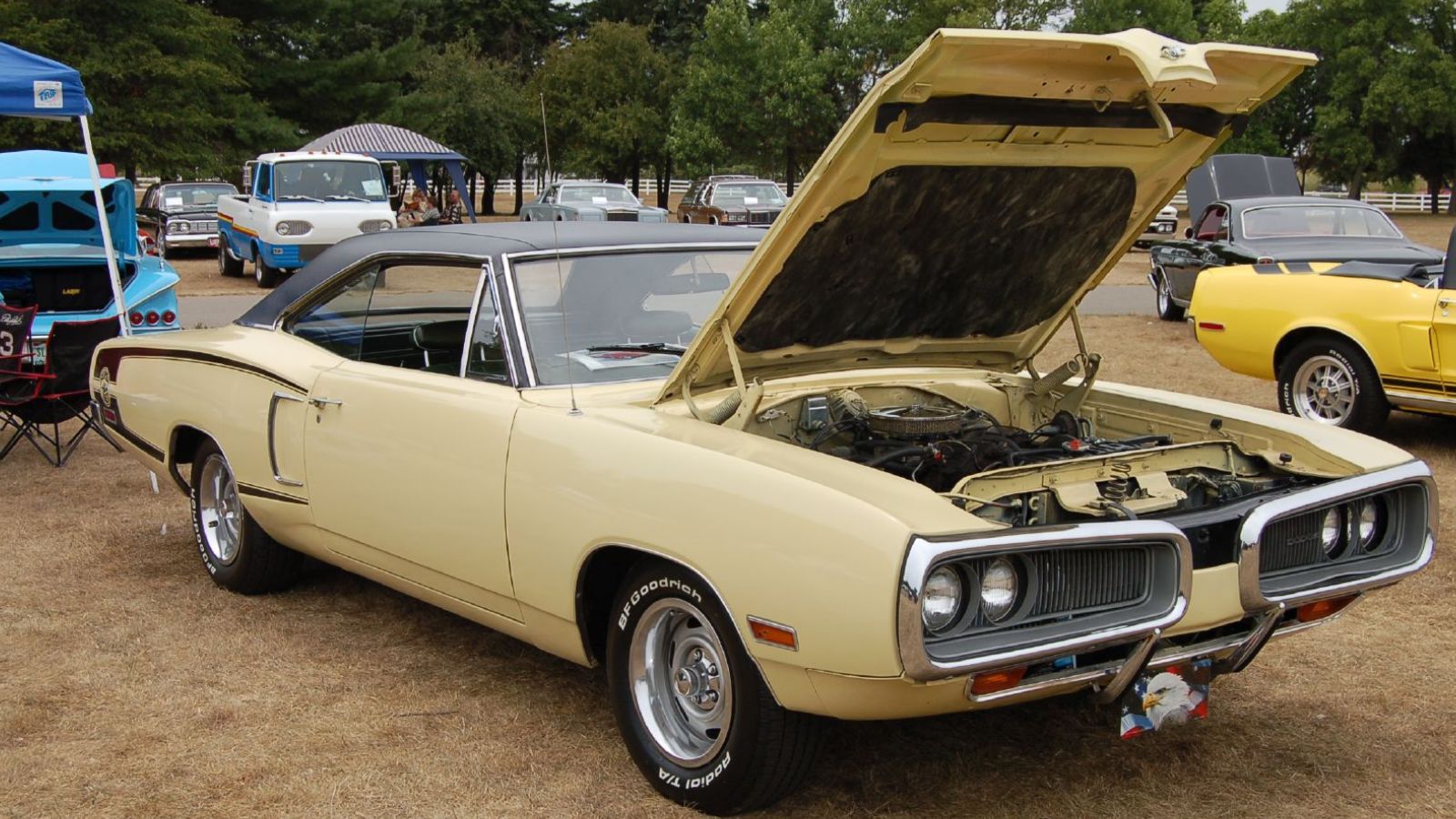
The Super Bee was Dodge’s budget muscle car, but ticking the 426 Hemi option pushed the cost north of $4,000. It was an odd contradiction: a budget nameplate with a luxury price. For buyers willing to stretch, it was one of the most brutal Mopars you could order. Canadian examples were rare, making them coveted today.
1969 Shelby GT500
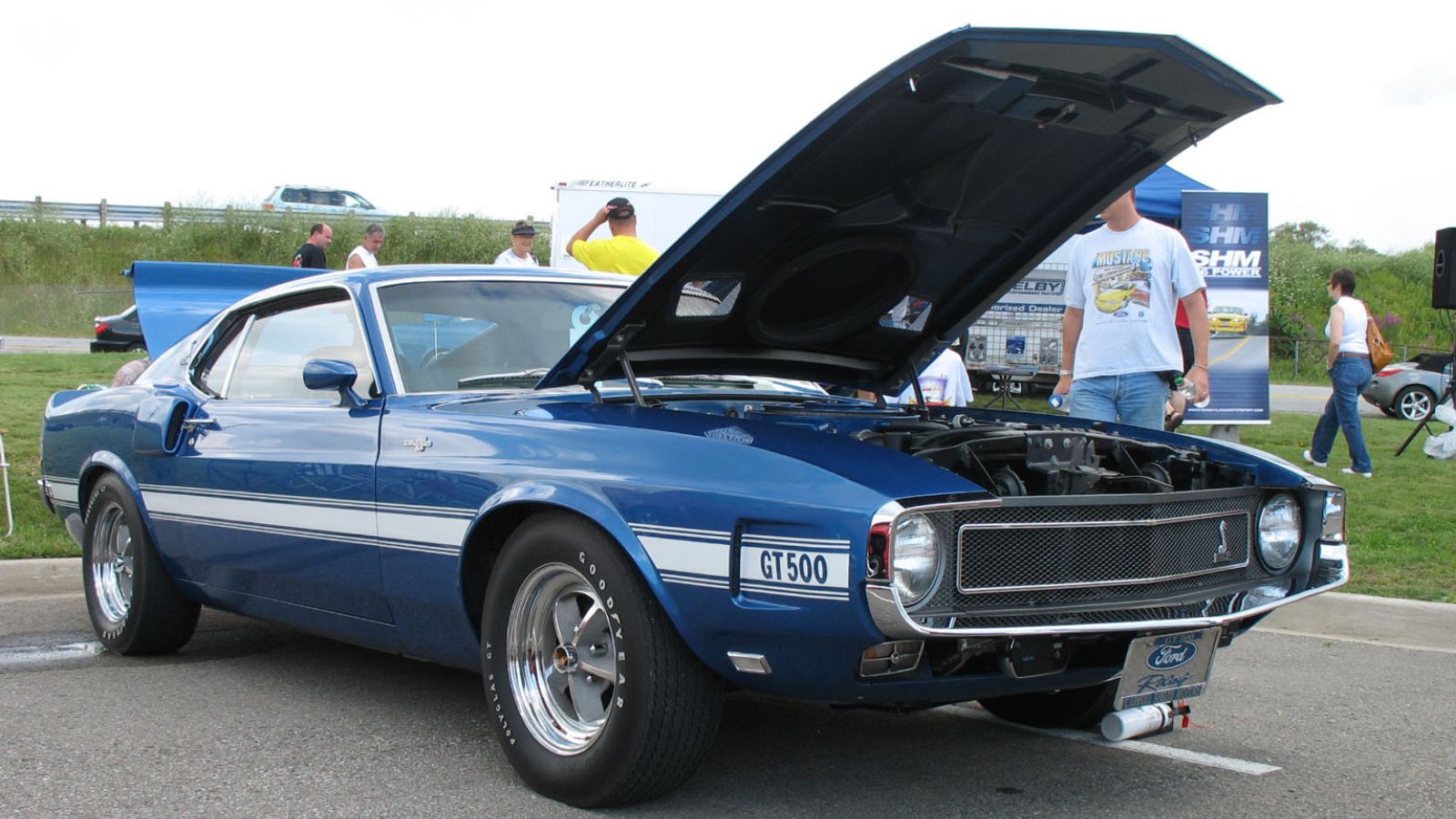
Shelby Mustangs always carried premium prices, and by 1969 the GT500 was near the top at more than $4,700. Buyers were paying for Shelby exclusivity, special styling, and the 428 Cobra Jet under the hood. In Canada, Shelby Mustangs were seen as exotic, commanding a premium well above the average Ford showroom car.
1970 Pontiac Firebird Trans Am Ram Air IV
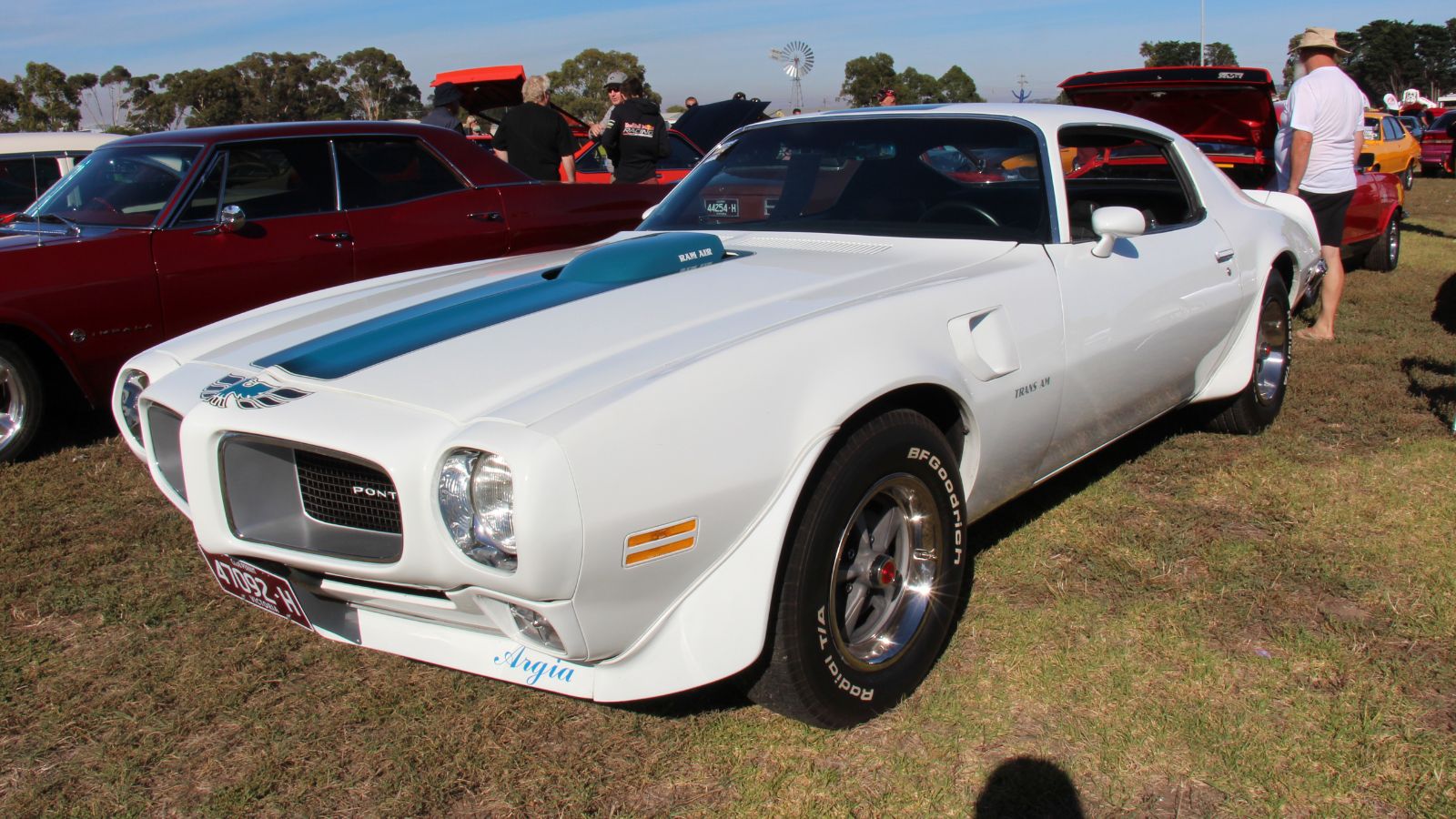
The second generation Firebird arrived with sharper styling and the Ram Air IV engine option. With pricing starting around $4,300, it was one of the most expensive Pontiacs of its time. Buyers who could afford it got a car that combined striking looks with real performance credibility. Canadian buyers admired it as a step above the Camaro, and its cost limited production.
1971 Plymouth Road Runner Hemi
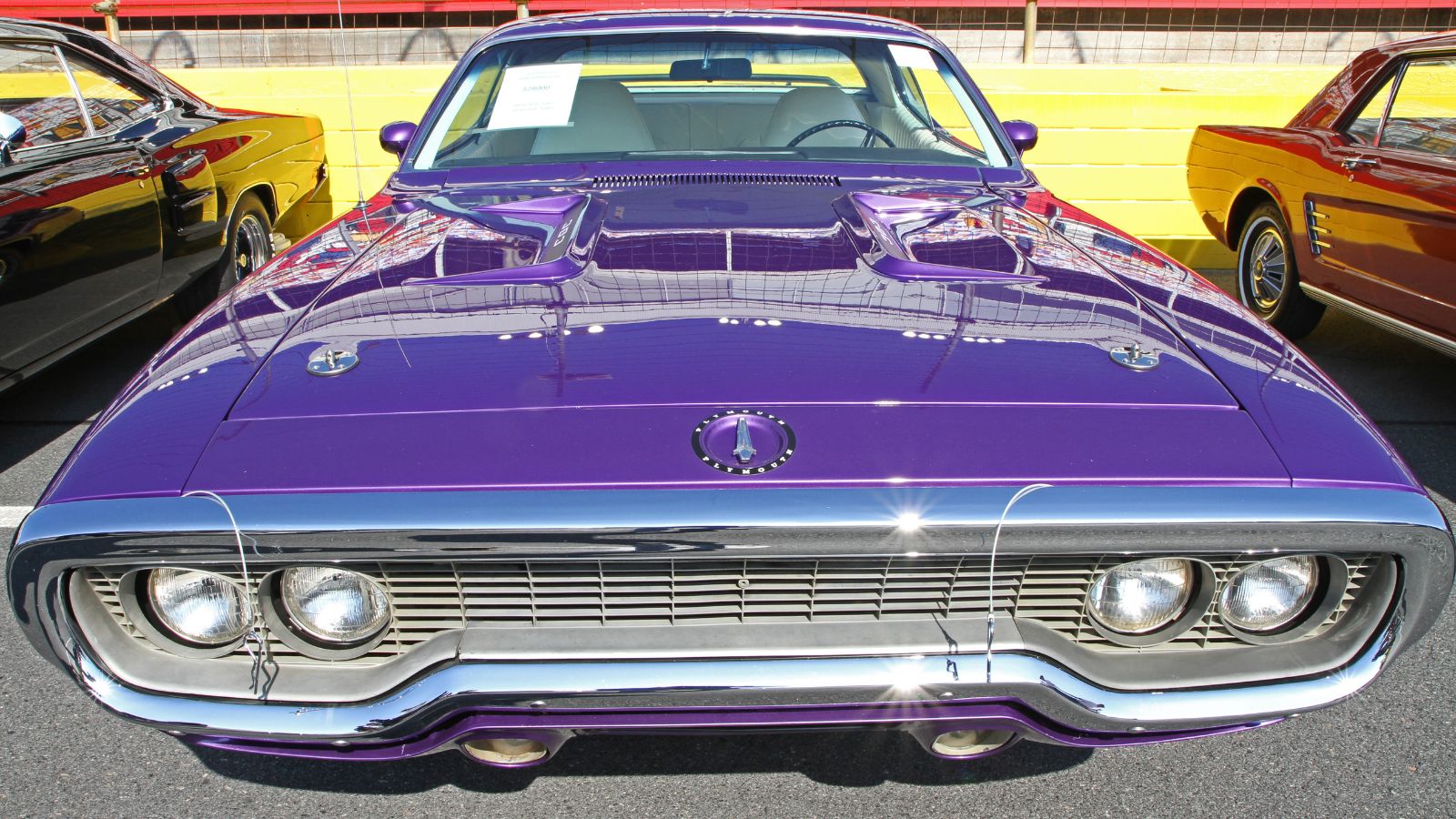
Originally conceived as the budget performance model, the Road Runner lost that reputation when optioned with the Hemi. At over $4,200, it was out of reach for many young enthusiasts, but it transformed the cartoon bird car into one of Plymouth’s most dangerous machines. Canadian buyers mostly stuck to smaller V8s, making Hemi Road Runners rare north of the border.
1969 Dodge Coronet R/T 440
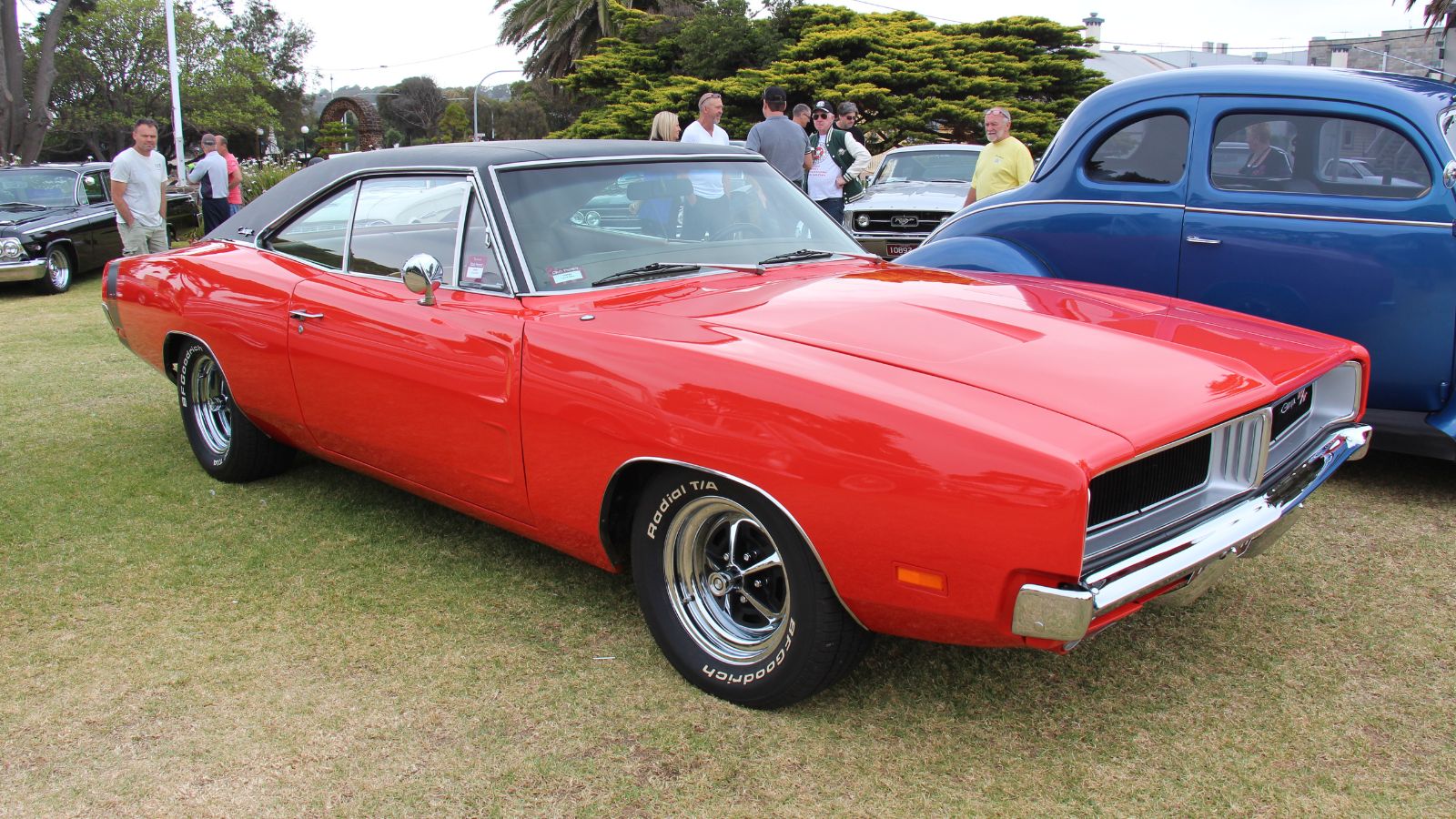
The Coronet R/T was Dodge’s midsize muscle entry, and with the 440 or optional Hemi, it was priced over $4,000. It appealed to buyers who wanted muscle car speed in a more practical package. For Canadian families, it was a way to combine muscle performance with day to day usability, though the price tag kept numbers relatively low.
1970 Chevrolet Monte Carlo SS 454
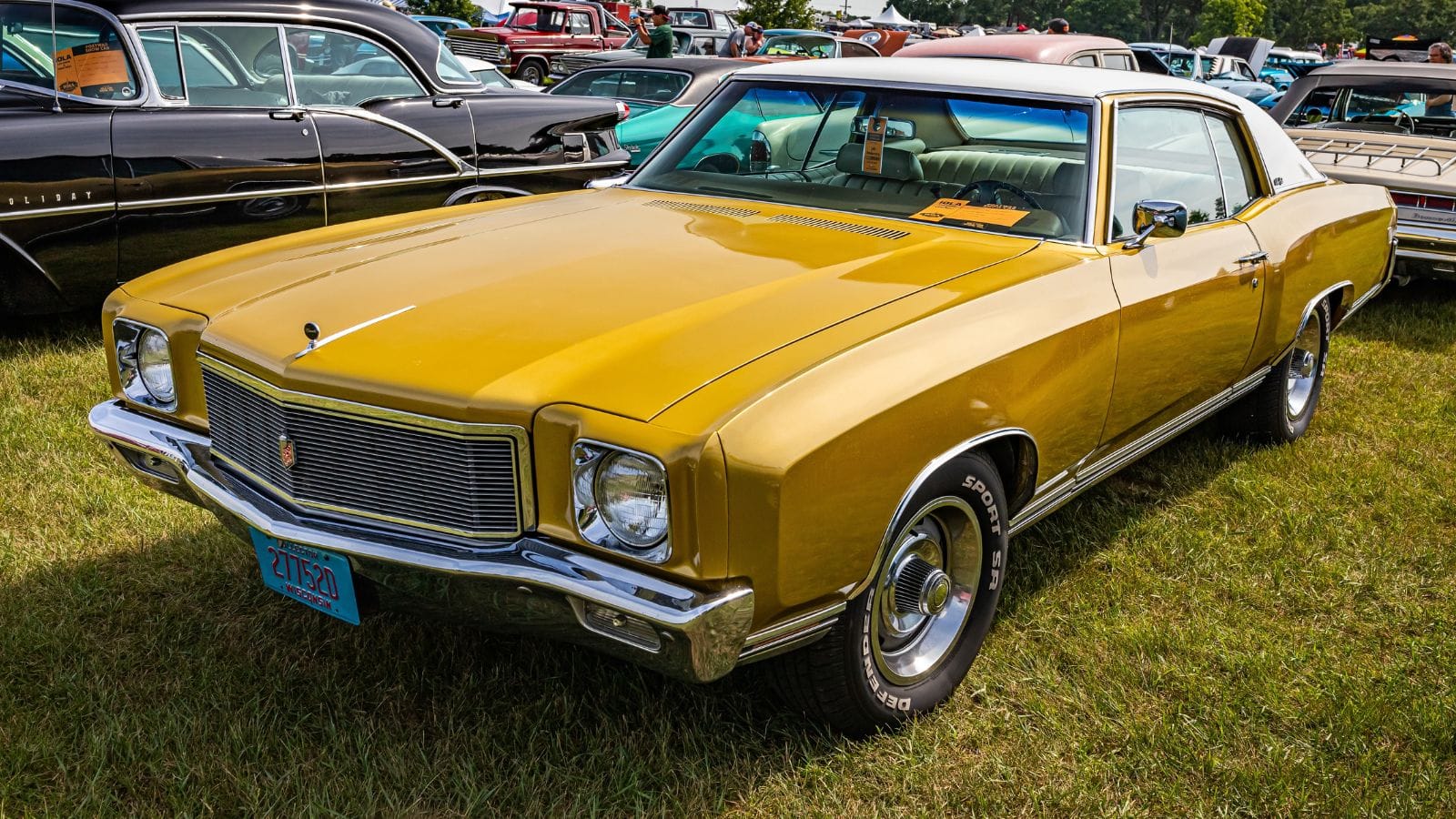
The Monte Carlo was marketed as a personal luxury coupe, but in SS 454 trim it was pure muscle under the hood. With the LS5 454 engine, it cost close to $4,200, making it pricier than most Camaros and Chevelles. It showed how GM could blend comfort and performance, appealing to older buyers in both the US and Canada.
1969 Ford Torino Talladega
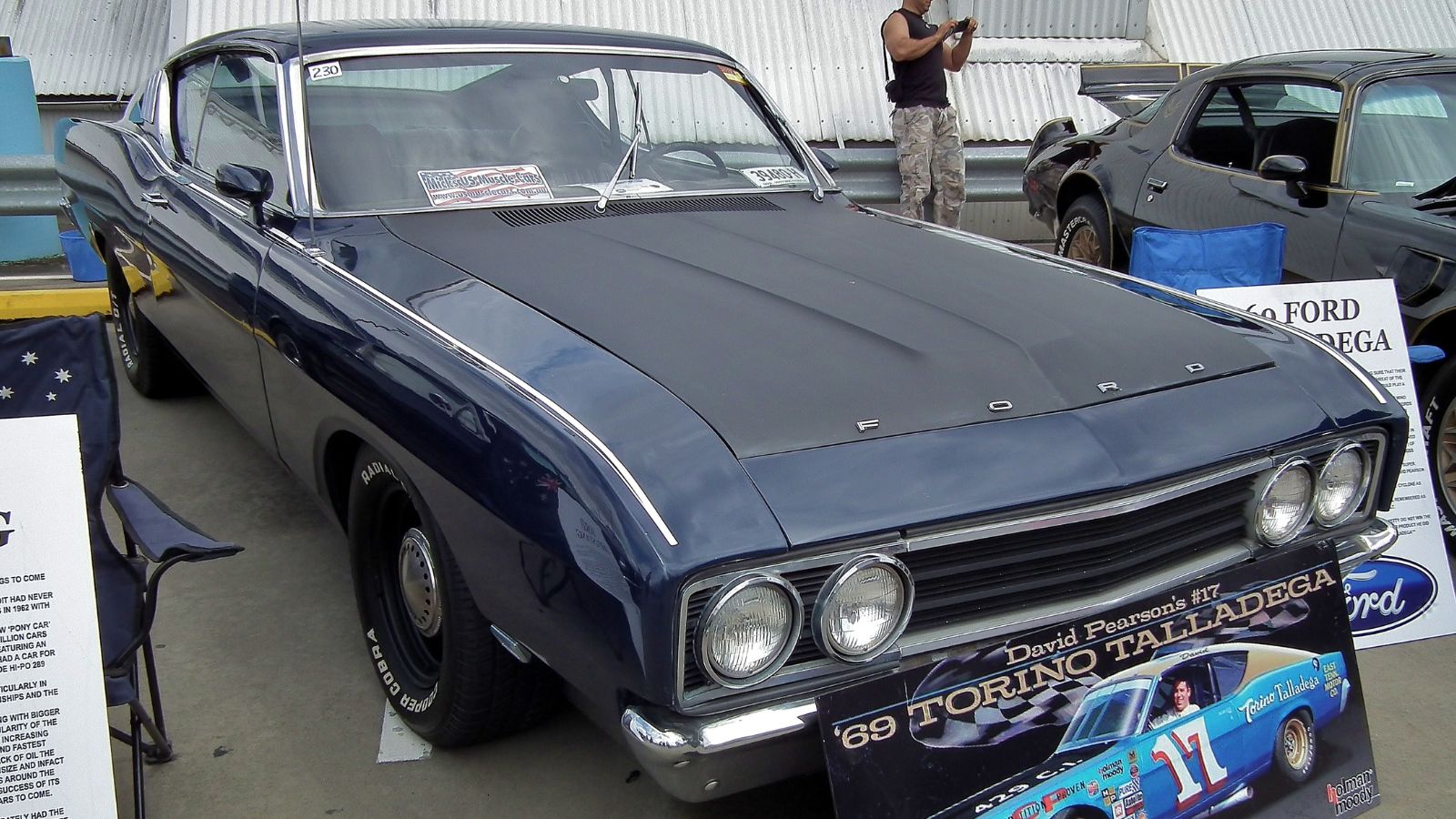
Built to dominate NASCAR, the Torino Talladega carried a price tag north of $4,000, more than a typical Torino GT. Its aerodynamic bodywork and 428 Cobra Jet engine made it a street legal race car. Canadian buyers rarely saw them, which added to their mystique. Today, their original price seems modest, but at the time they were considered extravagant.
1971 Buick Riviera GS 455
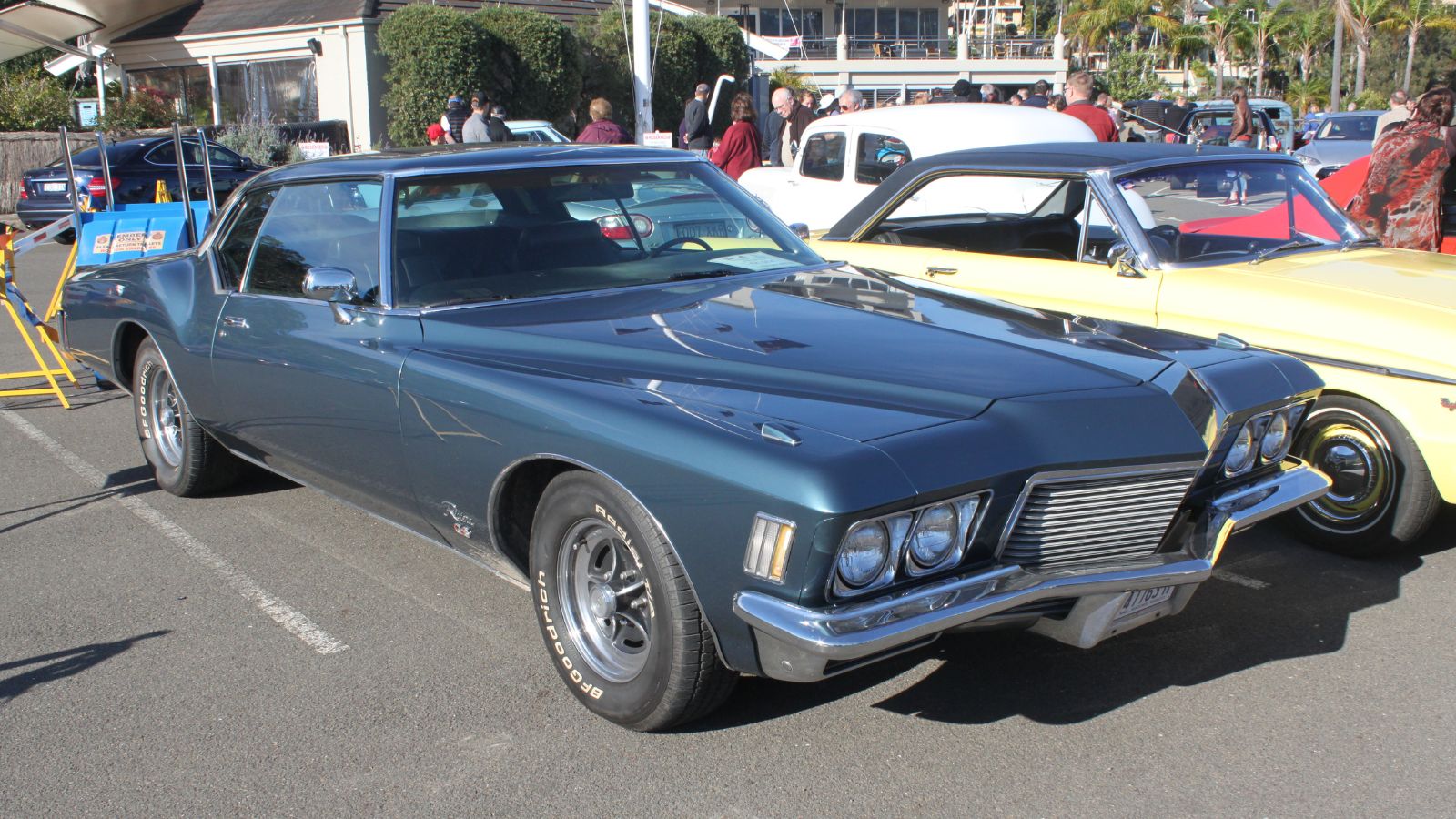
The Riviera GS 455 blurred the line between luxury coupe and muscle car. Its wild boattail styling and massive 455 cubic inch V8 came with a price over $5,000. In the early 70s, that was Cadillac money. Buyers were paying for a car that could deliver both luxury comfort and muscle car performance, and Canadian buyers who wanted something exclusive were willing to stretch for it.
Why Price Matters in Muscle Car History

The magic of muscle cars was supposed to be affordable power, but the top tier models turned that formula upside down. With sticker prices over $4,000 when the average new car was nearly half that, these machines were exclusive toys for those who could afford them. Canadian and American buyers who stretched their budgets for these cars often ended up with machines that were rarer, more powerful, and more desirable than the cheaper versions. Their original high cost limited production, which is exactly why they are among the most valuable classics today.
25 Facts About Car Loans That Most Drivers Don’t Realize

Car loans are one of the most common ways people fund car purchases. Like any other kind of loan, car loans can have certain features that can be regarded as an advantage or a disadvantage to the borrower. Understanding all essential facts about car loans and how they work to ensure that you get the best deal for your financial situation is essential. Here are 25 shocking facts about car loans that most drivers don’t realize:
25 Facts About Car Loans That Most Drivers Don’t Realize
